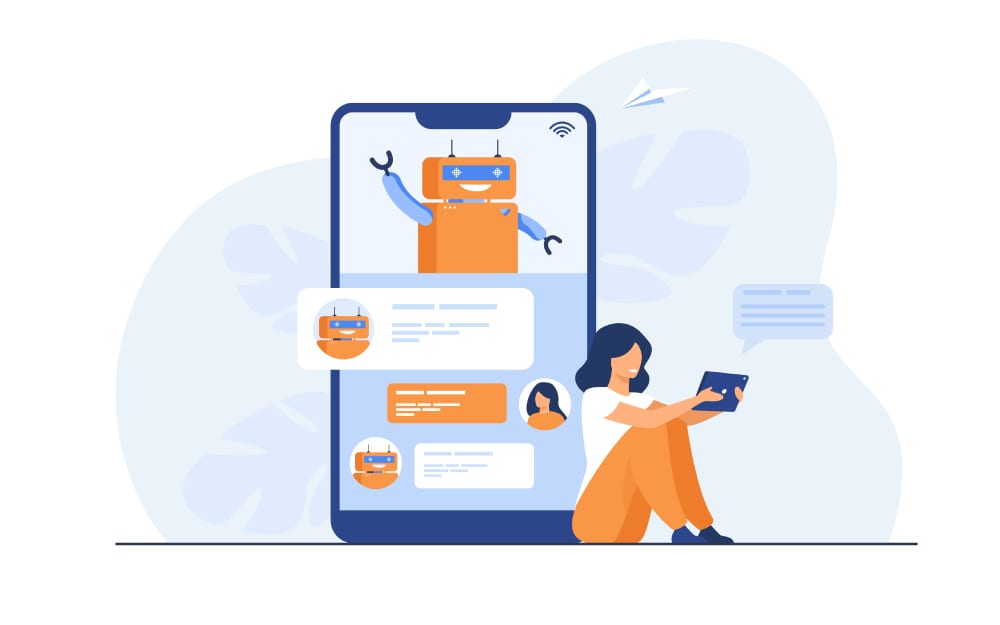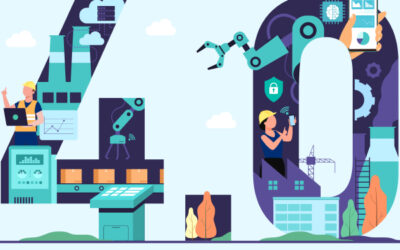Question answering and chatbots
Last updated on 2020.11.18.
Tüzes Izabella
HR, Other, Logistics, Agriculture, Industry, Bank Insurance, IT, Telecom, Solutions

What AI techniques are used in Chatbots?
Much effort is spent in enterprises on conducting human interaction either internally (between employees and other stakeholders for instance) or externally (like between customers and the company). Inquiries of potential business partners, or complaints of existing ones must be handled promptly and thoroughly but holding up this responsiveness via human operators gives huge burden. This is where data science and machine learning come into the picture. Most organizations do have the answers to most of the upcoming questions, but they’re buried in some unknown repository. Many solutions exist that could automatize or semi-automatize this service, and they’re getting to be deployed in more and more enterprises, mainly at helpdesk centers or directly at webpages. There are two main applications: question answering systems and chatbots.
Question answering ( QA)
QA is simpler in comparison and they mostly focus on giving relevant information (“answer”) to one specific question without any wider context conversationally or in topic. It may not provide concise and focused answer but provides full relevant documentation(s) as reply. The most well-known examples of this system are web search engines.
Chatbots
On the other hand, are more sophisticated solutions which could be more engaging on one hand, but more error prone on the other hand. Simulating long dialogue with all its multiple hidden and less concrete elements of human conversation focusing on some final action or reaction is challenging, especially when the system tries to raise the impression of a real human counterpart during the small talks and all other verbose ambiguities.
Chatbots usually try to solve the task by taking the lead role during the discussion with proactively posing questions to figure out the broad user intent (like complaint about failure of a purchased product) and get answers that contain key information to fill the necessary gaps (what is the actual product in question, what is the nature of the failure, how was it used beforehand etc.) in order to recognize the full situation. Another potential step is to initiate some action (generally out of the scope of the chatbot itself) like opening a service ticket or taking feedback later. The difficulties of building such systems arise from handling a full, open ended conversation on one hand, and collecting annotated training data on other hand. Special threat is that a considerably subhuman level of such dialogue machines could easily result in fatigue, irritation, annoyance, and counter-productivity at the end, so some level of human control and tracking is essential in order to intervene in the necessary situations.

Added values (Why AI/ML/DL): automatic or semi-automatic handling of human interaction for cost efficiency, scale out.
Proposed tech stack: Linux, Python (Anaconda), Scikit-learn, NLTK, gensim, TensorFlow, PyTorch, RASA
If you want more information about your AI solutions visit this page.
Try your hand at testing AI application, AI demos are here!
Search
Tech Stack
Android
Angular
Apache
Artificial Intelligence
Business Analysis
C++
Centura
Cloud
Docker
EAPware
Firebase
Gitlab
Industry 4.0
IoT
Java
JavaScript
JIRA
Linux
Load Test
M2M
MariaDB
Microservice
NLTK
Node.js
OpenWRT
Oracle
PHP
PLC programming
Python
PyTorch
RASA
Scikit-learn
TensorFlow
Test Automation







